Exploring the Fascinating World of Hamster Behavior
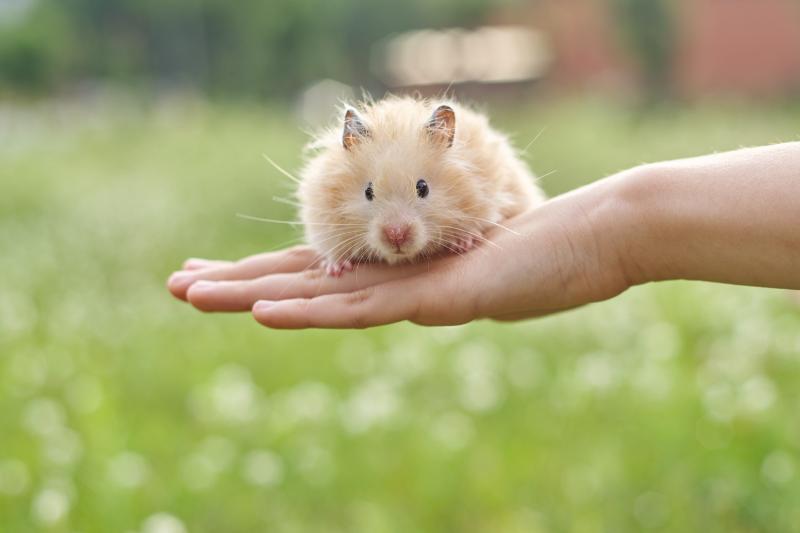
If you’re an animal lover or pet owner, having a firm understanding of your pet’s behaviors is crucial. One common pet that people seem to know very little about are hamsters. Hamsters behave in many unique ways, but understanding these can help to enhance your hamster-owning experience. Here, we explore the intricacies of hamster behavior.
A Peek into the Quirks of Hamster Behavior
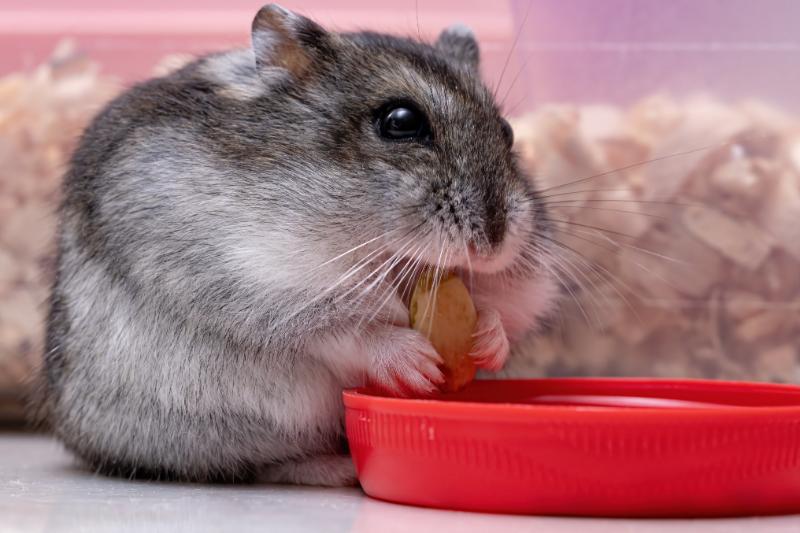
Hamsters are known for a set of behaviors that are uniquely theirs. Some of these might be familiar, while others might come as a surprise. Let’s delve into some of them:
Gnawing Constantly
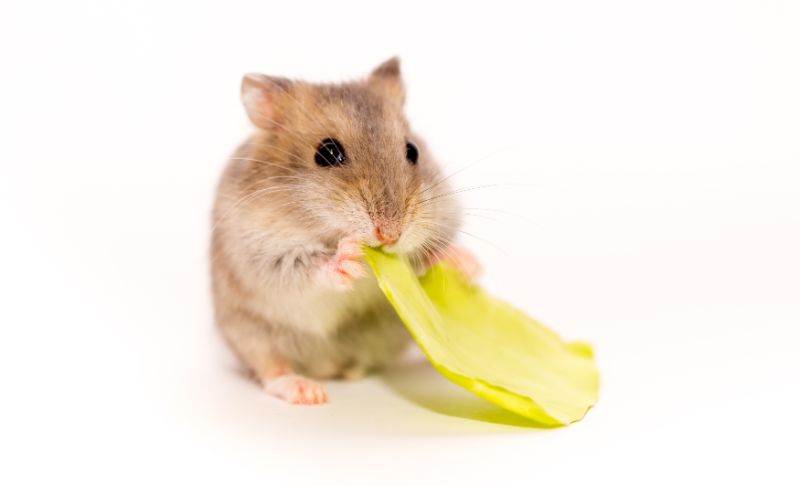
One hamster habit that puzzles many is constant gnawing. Hamsters don’t just gnaw to cause mischief, they do it to keep their ever-growing teeth well-trimmed and manageable. Hence, selecting housing materials, such as wire or specialized plastic designed for gnawing is recommended.
Stretching and Lounging
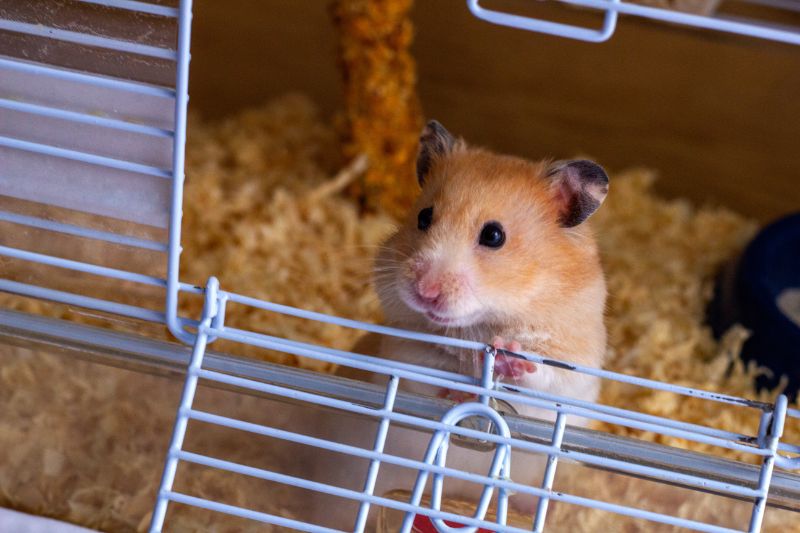
Spot your hamster stretching often? Impressive yoga moves aside, your hamster is showing signs of satisfaction and comfort. After a few good stretches, you’ll usually find them curled up, ready for a nap.
The Curious Stare
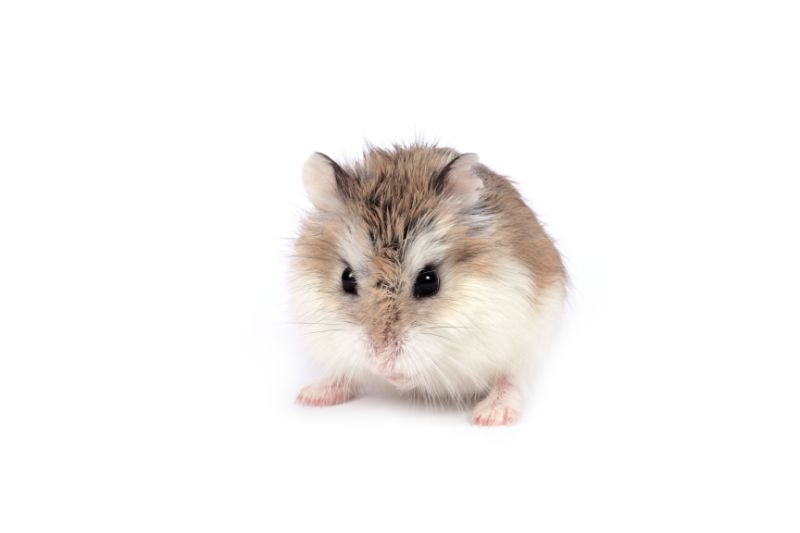
Those adorable moments when your hamster stands on its hind legs and stares is not just for the ‘cute’ factor. Hamsters have poor eyesight, and this means something in their vicinity piqued their interest and they’re keen to inspect it closer.
Decoding More Complex Hamster Behaviors
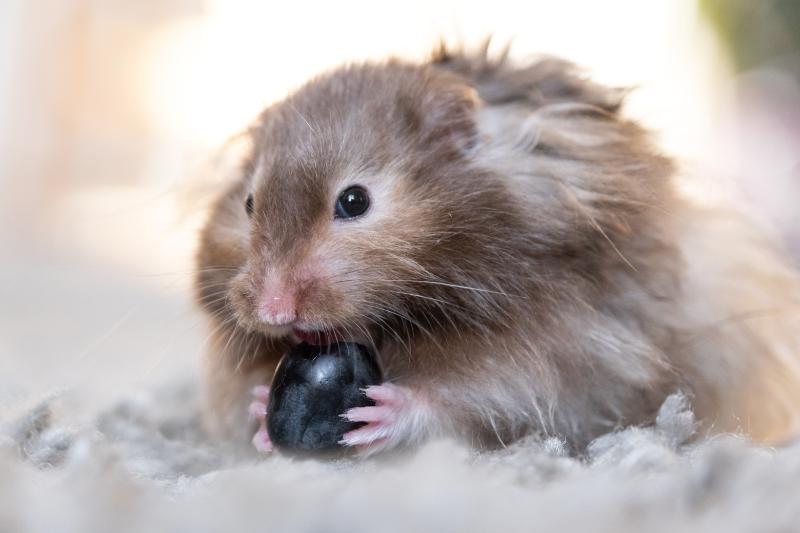
Though hamsters are small creatures, their behavior can sometimes be complex. Here are few more interesting behaviors:
Belly Rubbing and Marking Territory
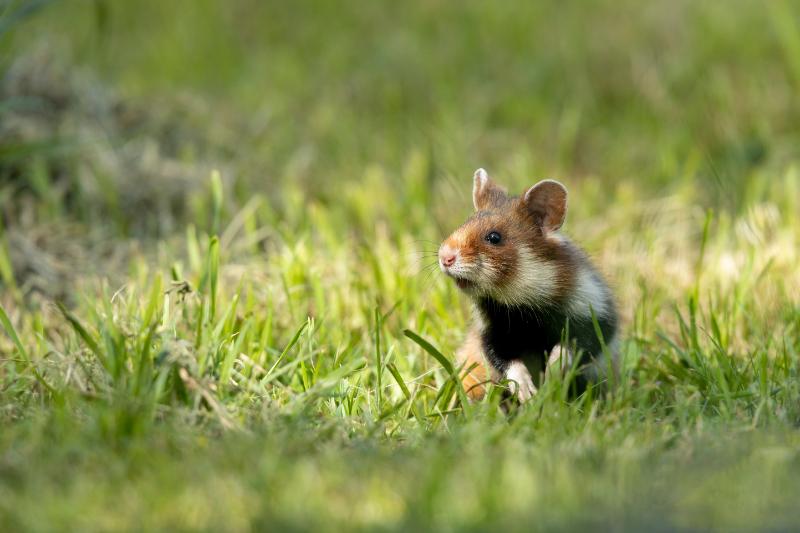
Rubbing their belly against their surroundings, such as food dishes or cages, indicates marking their territory. Hamsters release special scents from their glands, claiming their space.
Fright-Driven Actions

A scared hamster might suddenly lie down or scuttle over to a hiding place. Understanding their fears and working to comfort them can ensure your pet feels safe and secure.
Fighting: The Ugly Side of Territorial Disputes
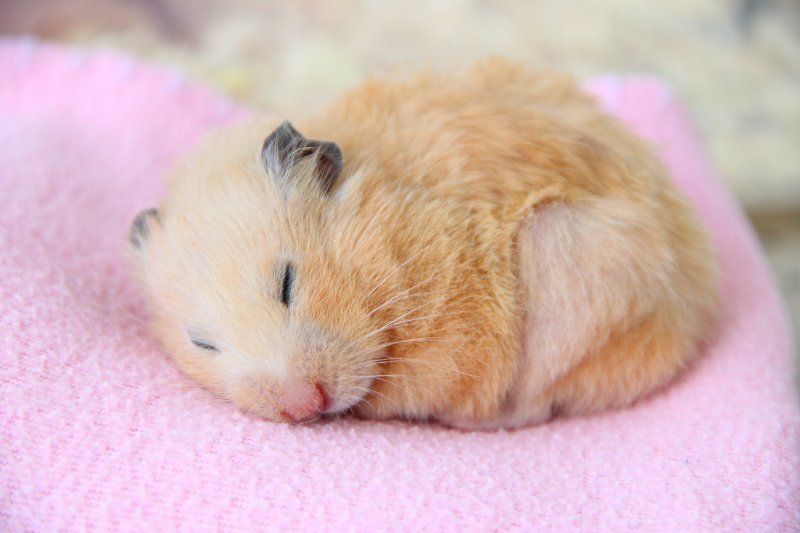
Multiple hamsters in one housing can sometimes lead to fights due to their territorial nature. Separation and dedicated housing can minimize these conflicts.
Hamster Sounds and What They Could Mean

Hamsters aren’t all actions; they communicate in sounds too. These could range from clicks of happiness to high-pitch squeaks of irritation, or in rare cases, screams of fear.
See Related: 10 Fascinating Facts About Hamsters
Behavioral Changes in Pregnant Hamsters
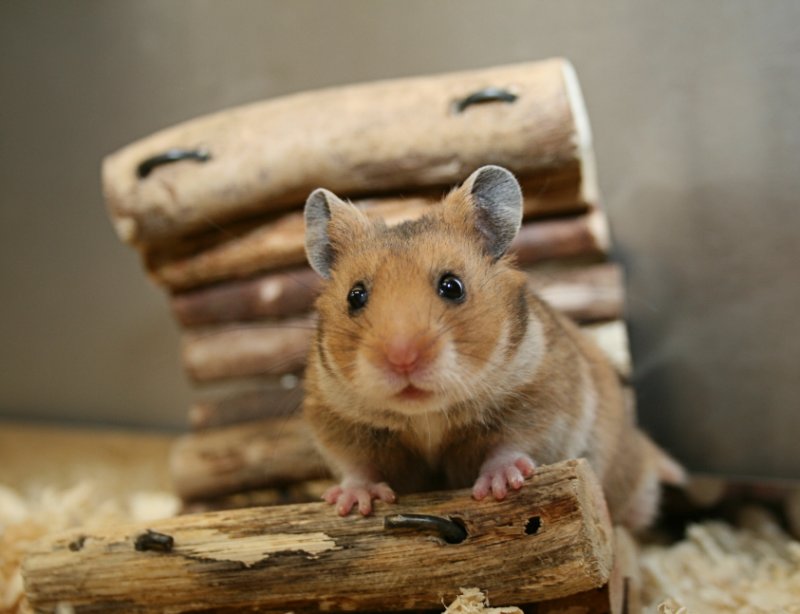
Behavioral changes are particularly noticeable in pregnant hamsters. They may display increased aggression and appetite. Nest building and food hoarding also indicate that your hamster may be expecting.
Wrapping up: Hamsters and their Quirks
In understanding these behaviors, we achieve a better bond and awareness of our hamster companions’ needs. Once unlocked, the world of hamster behavior is indeed fascinating!
Related Resources: